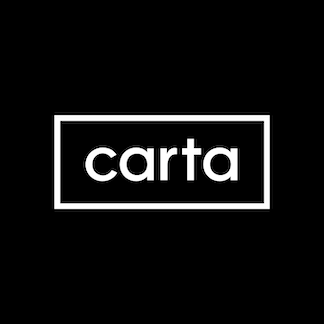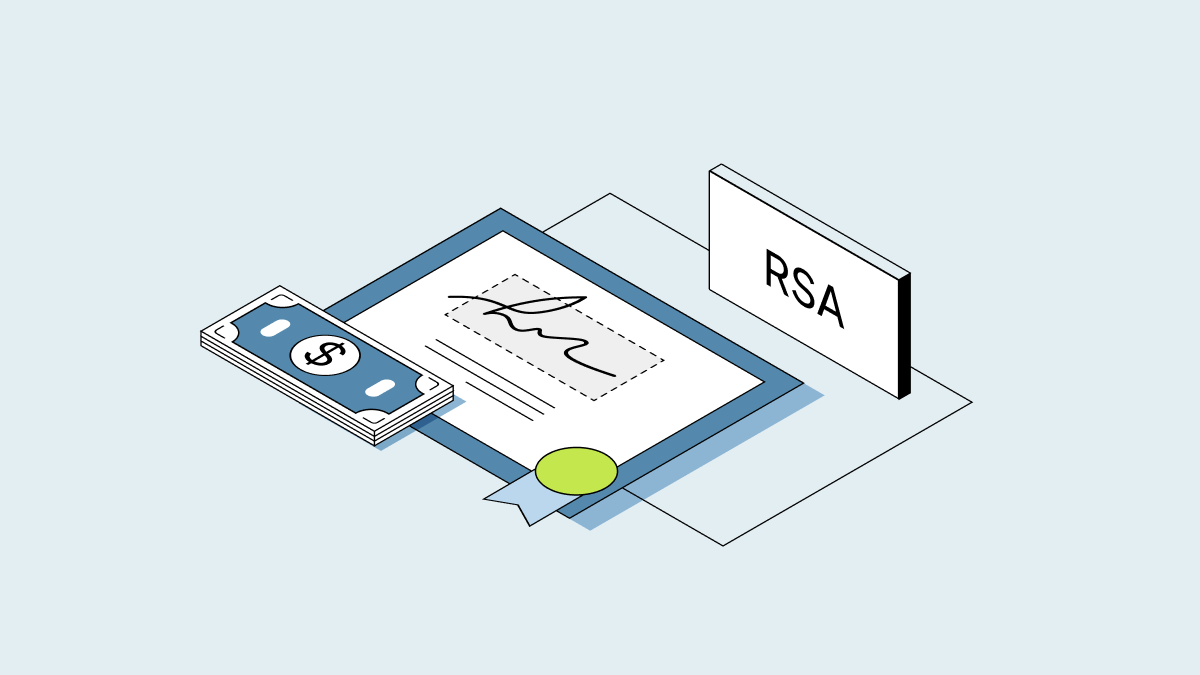Whether you’re an early-stage, growth-stage, or late-stage startup founder, performance measurement is key to growing your business, communicating with investors, and fundraising successfully.
In the glossary below, we’ll define basic startup metrics, benchmarks, and KPIs (key performance indicators) and how to use them.
Activation rate / Conversion rate
An activation rate measures the percentage of users or sales prospects who complete a specific action. Examples include the percentage of email recipients who sign up for an online event or the percentage of web page visitors who download an ebook.
Conversion rate refers specifically to an activation rate that moves a prospect further down the sales funnel, like the number of event attendees who request a sales demo.
Annual recurring revenue (ARR) / Monthly recurring revenue (MRR)
ARR is a key metric used to estimate expected revenue from new and existing subscription-based services or products over a 12-month period. It takes consistent revenue inflows and outflows into account. Startups use ARR to forecast their growth rate. MRR calculates recurring monthly revenue.
→ Learn more about ARR or download our free ARR Calculator to get started.
Average selling price (ASP)
ASP is the average contract price paid by customers for past sales over a specific time period (such as one year). To calculate ASP, the cumulative contract value is divided by the total number of total deals closed. Knowing ASP can help you understand your company’s deal sizes and forecast future revenue.
Burn rate
Gross burn is your company’s total monthly expenses. Burn rate (or cash burn rate) is the rate your company spends (burns) money, after accounting for the company’s positive cash flow or revenue.
Most companies calculate both gross and net burn rate (gross burn minus revenue), both of which help determine cash runway.
→ Learn more about burn rate or download our free Burn Rate Calculator.
Cash runway
Cash runway is the total amount of time you can finance your business operations before you run out of cash. Your runway is a function of burn rate: It’s the length of time you can sustain the same burn rate. Making changes to your burn rate—by cutting expenses or raising revenue—will alter your runway.
Churn rate / customer retention rate
Customer churn is the rate your customers cancel their subscriptions or contracts for your product or service. You can calculate it by dividing the canceling or “churning” customers by your total customers over the same period. Related to churn, customer retention rate measures the percentage of customers retained over a specific time period.
Lead-to-customer conversion rate
Lead-to-customer conversion rate is the percentage of leads that convert into paying customers over a specific period of time.
Customer acquisition cost (CAC)
CAC tells you how much it costs to acquire a new customer. Calculate CAC by dividing the total acquisition expenses (such as paid marketing efforts, referral fees, or sales costs) by the number of new customers.
Employee satisfaction
Failing to properly invest in your employees can be the difference between a thriving company and a failed startup. Employee satisfaction surveys can measure several internal metrics, such as employee sentiment around productivity, compensation, and benefits.
Engagement metrics
For SaaS companies, engagement metrics track the number of monthly active users (MAUs) or daily active users and how engaged they are with your software. The specific metrics you use to value engagement will vary based on your company’s product and goals.
Gross margin
Gross margin, also known as gross profit margin, is a measure of your business's profitability. It compares your total revenue to the cost of goods sold (COGS). Understanding your startup's gross margins can help inform your pricing strategy.
Lifetime value (LTV) / Customer lifetime value (CLV)
LTV is the estimated lifetime profit from an existing customer. Successful companies have LTVs that are higher than their CACs.
Market size (TAM, SAM, & SOM)
Market size is the total revenue potential in a given market based on the estimated total number of customers and historical sales or spending trends in that market or industry. It's an important metric to assess whether there is a big enough potential upside to warrant venture capital investment.

TAM (total addressable market), SAM (serviceable addressable market), and SOM (serviceable obtainable market) are market types used to calculate your company’s total market size. The TAM, SAM, and SOM of your market will inform your product and business development strategies.
Net promoter score (NPS), Customer satisfaction (CSAT), Customer effort score (CES)
NPS, CSAT, and CES surveys measure how happy your customers are and how easy it is to use your product or service.




